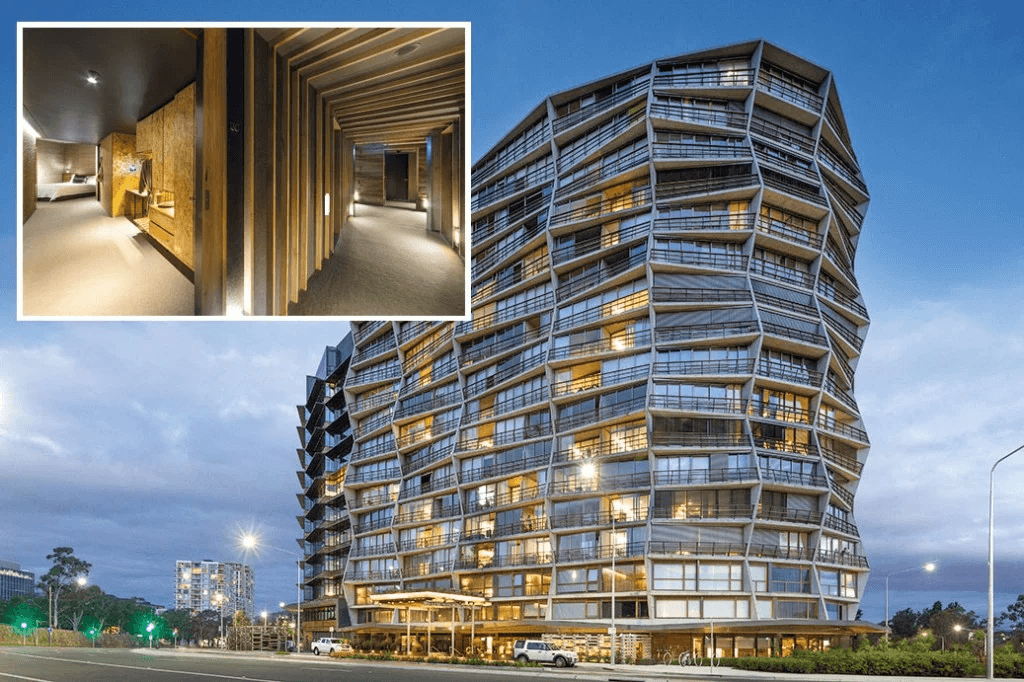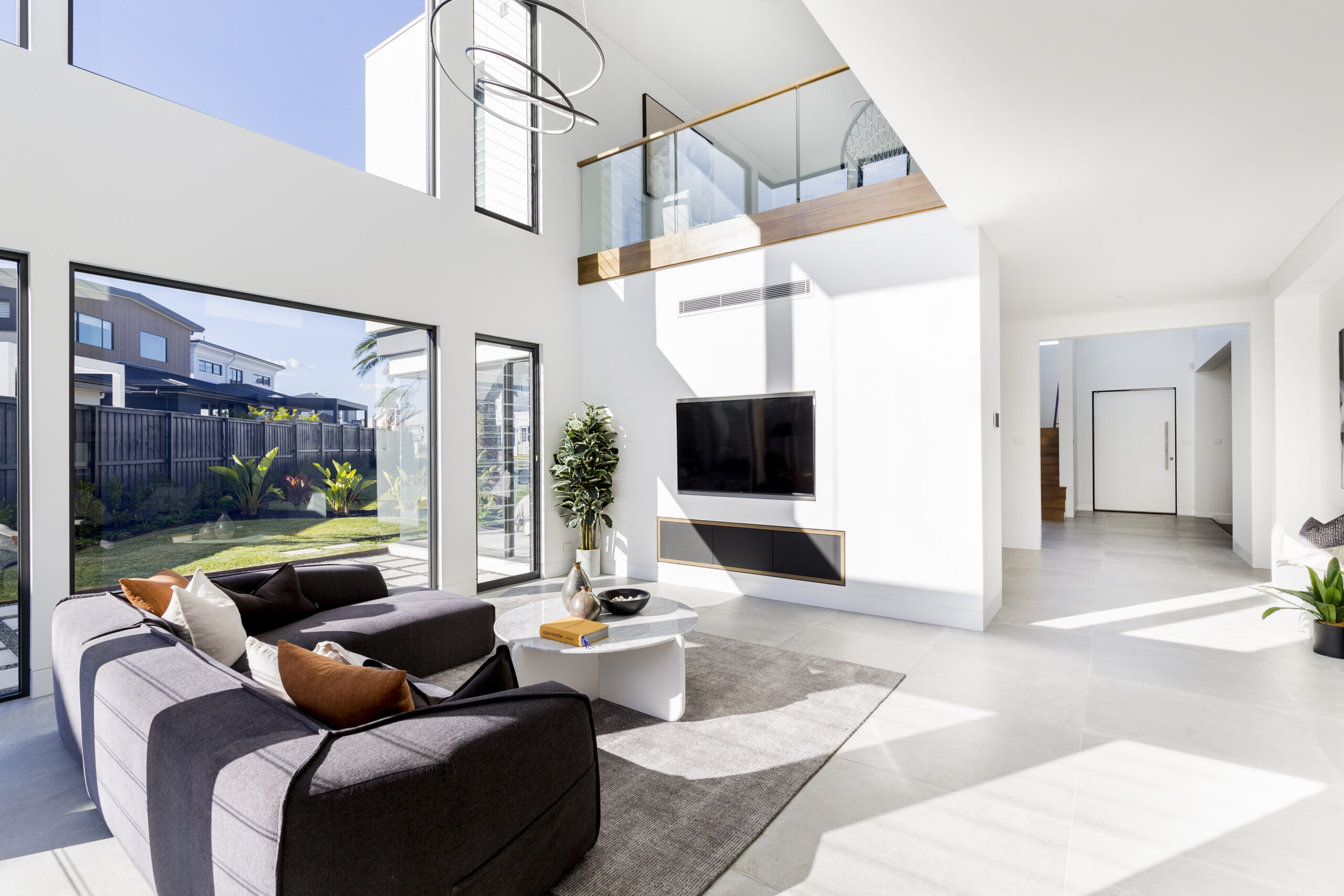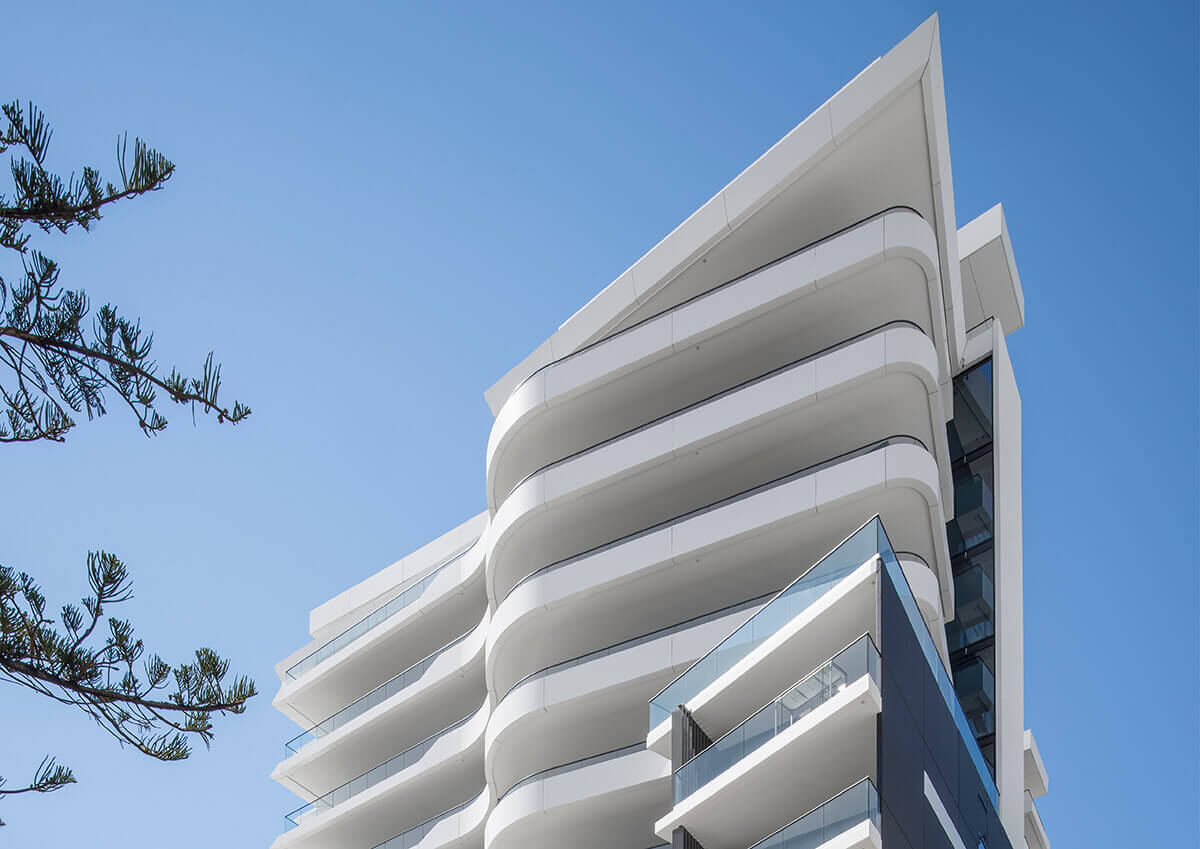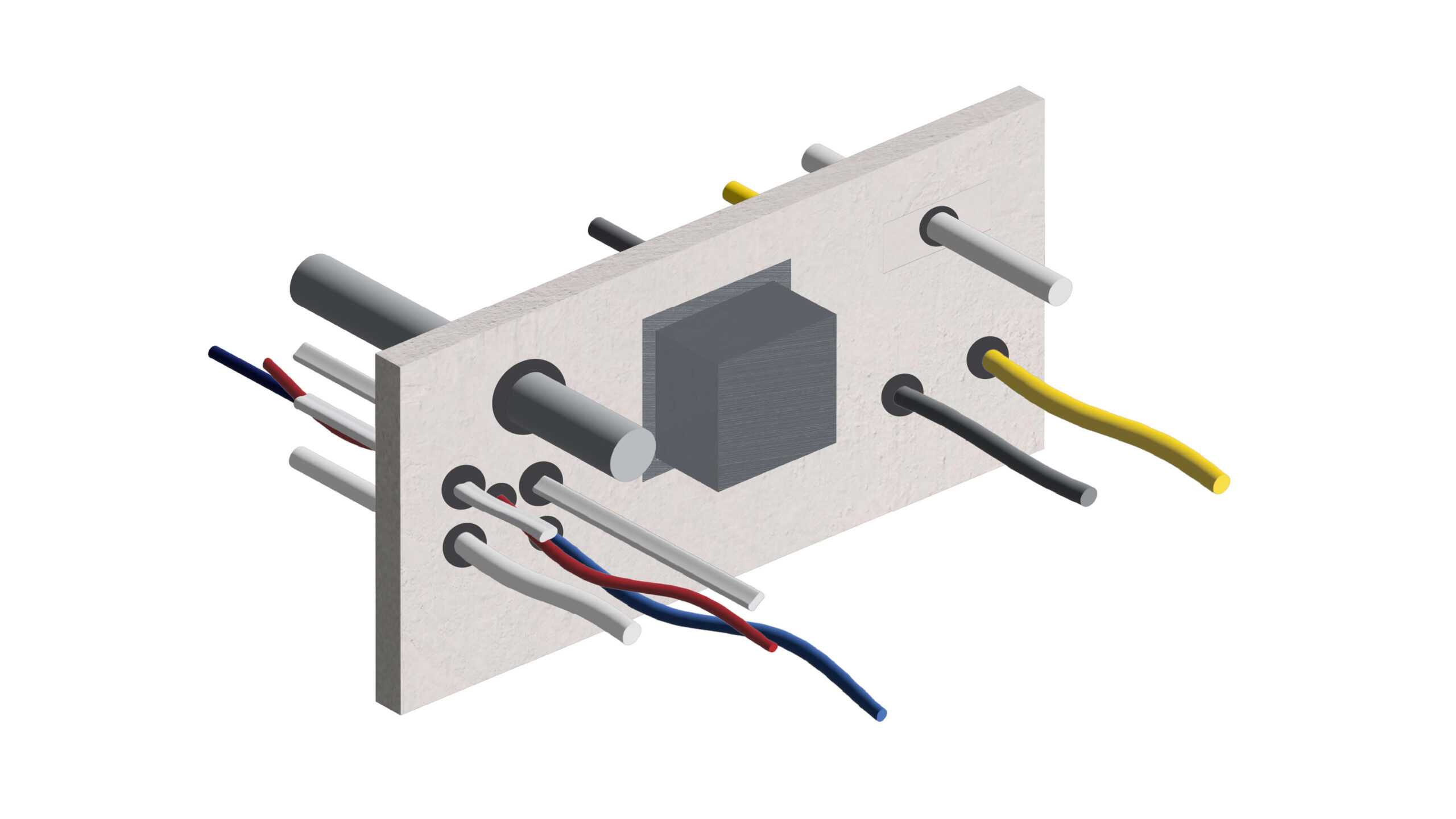
Craig Baudin discusses minimising complexity and the Nishi project
The stand-out Nishi building in Canberra’s popular NewActon Precinct was a complex project in many ways.
But when it came to the provision of internal wall systems within the residential sectors of the building, the choice of Hebel panels provided a straightforward solution for Nishi’s architects and builders.
“We found that the Hebel wall system offered a simpler and easier result compared with some of the other wall systems on the market,” said Craig Baudin, Director of Architecture for Fender Katsalidis Architects.
This was a welcome outcome for those involved in the Nishi project which Craig described as “one of the more complex buildings I’ve ever worked on in terms of the number of uses it has.”
Designed by Fender Katsalidis and Suppose Design Office (Hiroshima) in conjunction with engineering consultant group, ARUP (London), Nishi is a feature of the popular NewActon Precinct which is located north of Lake Burley Griffin near the London Circuit. It is the largest of three distinctive mixed-use buildings with residential space that surround the restored heritage-listed NewActon Pavilion.
Completed in 2013, the Nishi building includes twelve storeys of offices, fifteen storeys of apartments, an eight-screen cinema, retail tenancies, restaurants and a 70-room hotel, all operating within the one building.
While these many uses did indeed pose various complexities for those involved in the design and construction of the building, the decision to use Hebel wall systems in the 245 residential apartments and 70 hotel rooms ensured that this part of the work could proceed quickly and efficiently.
Ease of use was one of the special benefits of using Hebel panels for internal walls of the Nishi building such as intertenancy walls between the apartments as well as shaft walls and corridors in the residential and hotel sectors.
Fast and easy to work with
“From a builder’s point of view, the Hebel panels are lightweight and quite soft, so they are easy to cut and can be put up quite quickly, making them both easy and fast to work with,” said Craig.
The non-combustible nature and resultant flexibility of Hebel panels were seen as other major and important advantages. Because a Hebel panel reaches close to the top slab, there is the necessity for only one sealant at the head and no need for further construction of a complex plasterboard on both sides of the wall.
“A Hebel panel provides a good fire and acoustic rating, and once it is sealed up to the slab and to the floor, everything that happens on either side of that panel is basically cosmetic,” said Craig. “This is different from a situation where you have a double stud with fire rated linings on each side. The problem with fire rated linings is that the whole wall is the fire-rated system. In that case, to run services in the walls becomes quite complicated because every time that wall is punctured, its fire rating is violated. That can be an inherent problem with lightweight double-stud fire rated walls, in that other walls have to be put on top of them in order, for example, to run services.
Flexibility in the detailing
“By contrast, with a Hebel panel being only about 75 millimetres thick, this results in quite a thin wall from slab to slab. After it is sealed up, you can then build another wall in front of it and run services in there. The fire rating is not compromised because that second wall is there purely to provide the finished lining. This means there’s a lot of flexibility in the detailing.”
For example, Craig said, the builder liked the fact that by using the Hebel system for internal intertenancy walls, he could actually seal off each tenancy from a fire-rating point of view.
“After that, fire rating was not a problem in regard to any work carried out inside that wall lining,” he said. “On the other hand, with a fire-rated plasterboard there are a lot of problems to think through, whether you’re putting in a power plug point or running hot and cold water to a room such as a kitchen, bathroom or laundry.
“It can be quite complicated if those rooms back onto a party wall but if you have a Hebel wall, you can put another stud wall in front of it. And because a Hebel wall is so thin, this can be done without losing any space in the apartment. So you solve your fire rating and most of your acoustic problems in one board and then everything else is just a dressing for services and finishes.”
For both architects and builders, therefore, Craig regards Hebel as having many benefits.
“We’re convinced it’s the way to go,” he said. “From our experience it solves a lot of detailing headaches for architects. In addition to this, the feedback from the builders I’ve worked with is that it is faster and more economical in terms of space. Overall, we feel that it’s a good solution and one that we will continue to use.”



